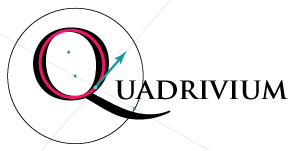Height and area of a parallelogram with fixed side lengths
This demonstration models a parallelogram made with sticks hinged at the vertices (or plastic straws hooked together with linked paper clips.)
Move point C to change the shape of the parallelogram.
See how the height changes, while the side lengths don't change.
The side lengths of this parallelogram can be adjusted by sliders Base and Side.
Questions to think about
1. Is the height of a parallelogram the same as the length of the side?
2. What is special about the parallelogram when it is adjusted to make the height as big as possible (without changing the side lengths)?
3. One way to get the area of a parallelogram is to use the formula Area = Base x Height. Is it OK to multiply the two different side lengths?
4. What is special about the parallelogram when it is adjusted to make the area as big as possible (without changing the side lengths)?
5. Adjust the sliders so that all sides have the same lengths (so that you have a rhombus.)
What is special about the rhombus when it is adjusted to make the area as big as possible (without changing the side lengths)?
Answers:
1. No, except see #2.
2. The parallelogram is a rectangle: all its angles are right angles.
3. No. If you multiply the sides, your answer will be too big, unless the parallelogram is a rectangle.
4. The parallelogram is a rectangle: all its angles are right angles.
5. The rhombus is a squre: all its angles are right angles.
Susan Addington, Created with GeoGebra | 
